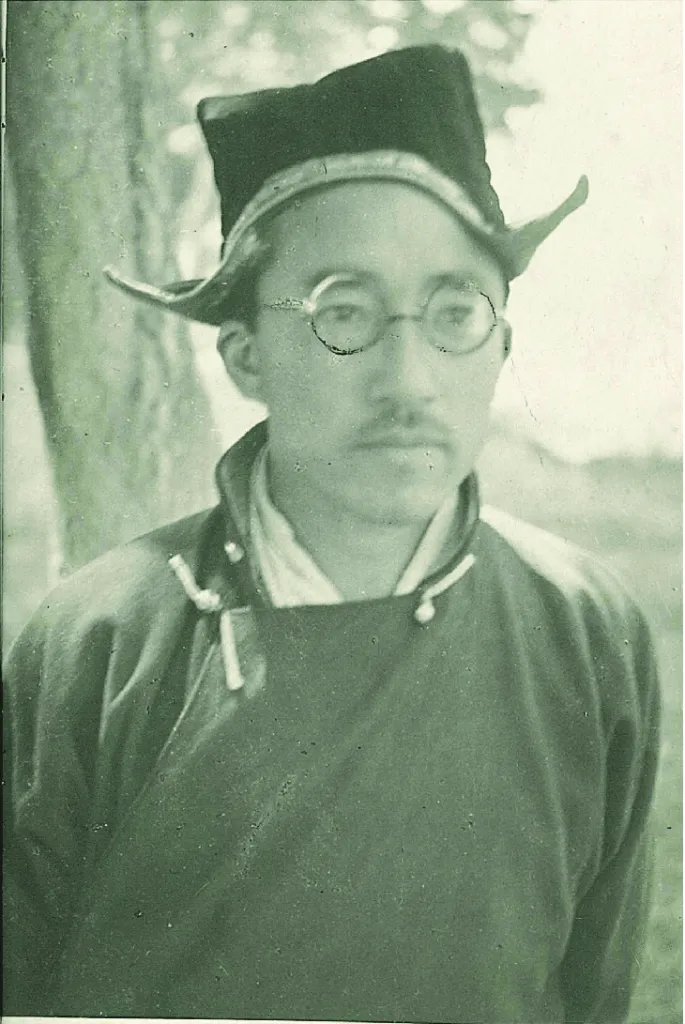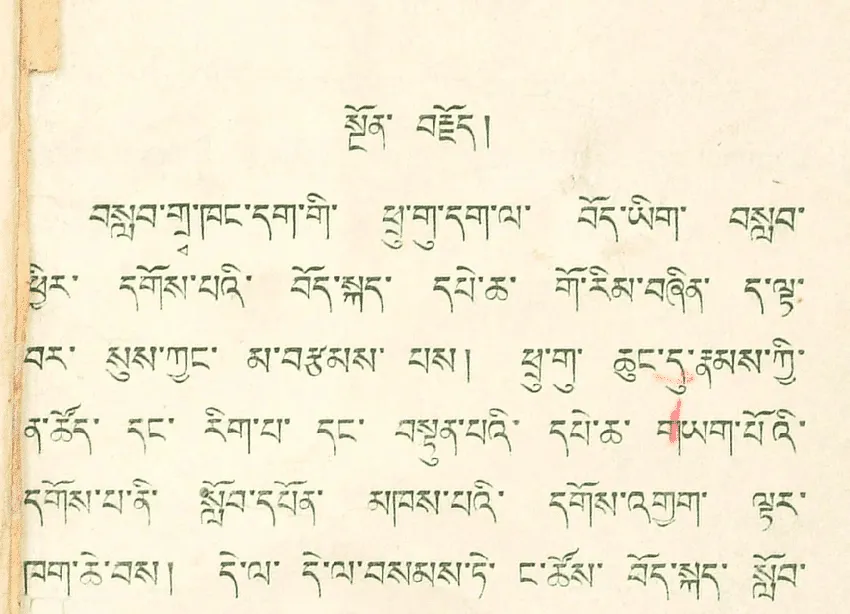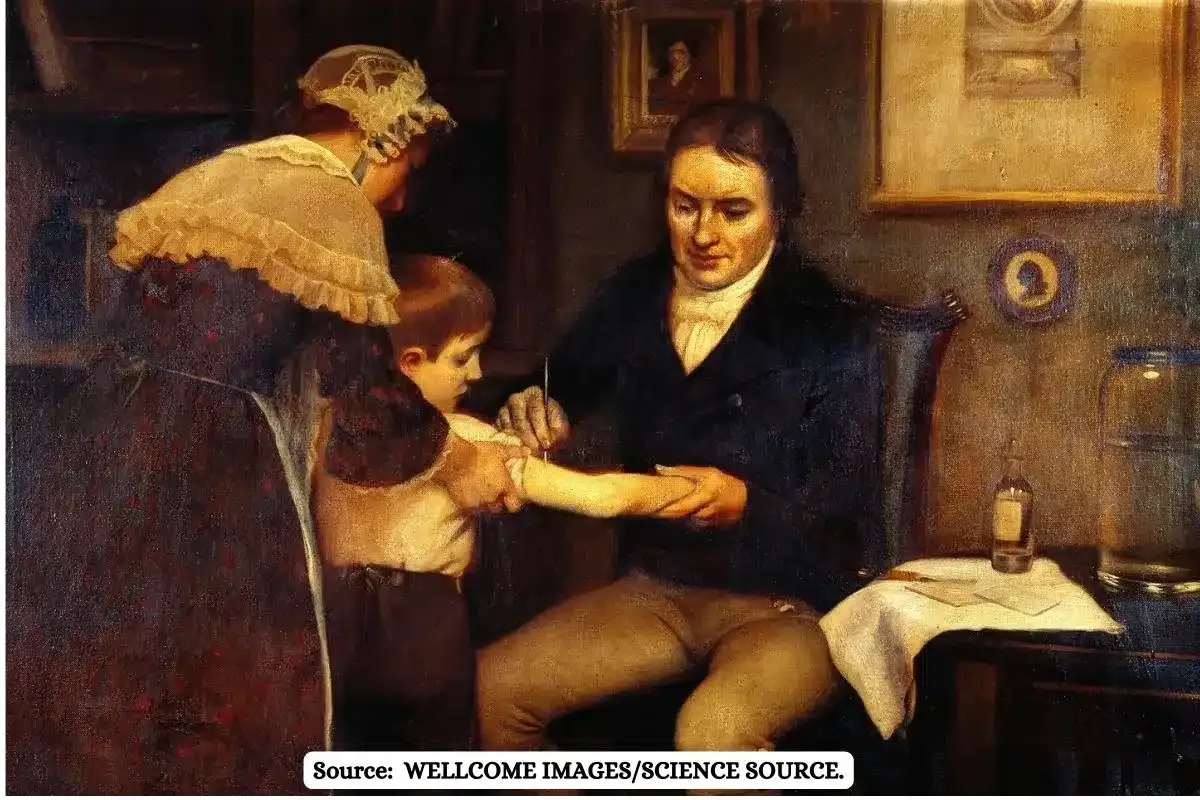At the time, when Ladakh was attacked in 1948 by invaders from Pakistan, many of the local civilians played an important role in keeping the region safe. There were people like Colonel Chhewang Rinchen, the 19th Kushok Bakula Rinpoche, Sonam Norbu and many other Ladakhi workers, volunteers and families who played a role of warriors and can never be forgotten.
Another figure in this regard, less well known in the pages of history, is Eliyah Tsetan Phuntsog, a civilian officer stationed in Nubra, who according to Colonel Thakur Pithi Chand MVC of the 2nd Battalion Dogra played an extremely important role in supplying, transport and porters and mustering volunteers to fight alongside his troops, as well as keeping the morale of local civilians high in times of danger.

During the time of Partition, Ladakh was guarded by the Jammu and Kashmir State Force. However, even before India could react, Pakistan had already launched its attack on Jammu and Kashmir and seized Gilgit. The towns of Kargil and Drass were captured in late May 1948 and Skardu, which was guarding the approach to Leh, finally fell after a tedious fight on August 14, 1948.
The fall of Leh would have been a strategic blow to India. With this thought in mind, the Pakistanis had already infiltrated the crucial Zojila Pass which would have provided them with a launch pad into the valley.
The Pakistanis besieged Leh, the capital city, which was hopelessly defended by a small group of Indian troops who were effectively cut off.
However, all hope was not lost. Because this time, the local civilians were the knights in shining armor who helped save Ladakh from becoming part of Pakistan.
Born in 1908 in the town of Saboo, Tsetan Phuntsog had a very privileged upbringing. Coming from an aristocratic family, which in the past had produced Kalons (ministers) for the King of Ladakh, his father was among the leading lay disciples of the renowned Rizong Monastery.
Even after joining government service, Phuntsog did not lose touch with Buddhist studies and was well regarded for his knowledge of religious texts. However, his life would change drastically when he met Joseph Gergan, a Ladakhi Christian scholar from Nubra who would write the Bible in Tibetan in the late 1920s and fall in love with his daughter, Sungkil.
“Phuntsog, by now, had separated from his first wife, but Gergan would not allow the marriage to take place unless his future son-in-law was formally baptized. Tsetan Phuntsog’s baptism finally took place in September 1934, when he took the Christian name of Eliyah and married Sungkil the following year,” writes John Bray.
Phuntsog was sent to Tibet many times on various assignments, such as investigating crimes or some border disputes with the Tibetan authorities.

He had already separated from his first wife, but Gergan would not allow the marriage to take place unless his future son-in-law was formally baptized. Tsetan Phuntsog’s baptism finally took place in September 1934, when he took the Christian name of Eliyah and married Sungkil the following year,” writes John Bray.
His decision to convert from him angered the Buddhist community at large, and his own family disinherited his property. Going further, a local tehsildar falsely accused him of stealing 26 rupees from the Kashmiri government and jailed him. Fortunately, he was released soon after the charges were proven false and returned to government service in 1940.
When tribal raiders attacked Skardu, Phuntsog managed to escape to Ladakh, where he worked as a supply officer for the Indian Army.
Eliyah Tsetan Phuntsog was the main Civil Force organizer of the Nubra operations in close coordination with Prithi Chand, a very popular officer who was often diverted between the war front and villages to maintain supply and coordination.
Phuntsog managed to get all the help Chand needed from the local population. He acted as a guarantor for brave volunteers like Chewang Rinchen along with Kalon Chewang Rigzin for the supply of firearms and ammunition.
He used to stay on the frontlines attending to the demands of the Jawans, providing volunteers to fight, and maintaining the morale of both civilians and soldiers on the front lines.
One day you would see him at the front and the next day you would find him making arrangements for supplies, transportation and porters. Intelligence from him helped the Indian Army gain information about the raiders and helped them counter enemy propaganda.
Ladakh holds a special place in the minds and hearts of the people of India. They are the embodiment of the soul and heart and everything that India stands for.
Had it not been for the nobility and bravery of these young men, the loss of Ladakh would have cost India dearly.
Phuntsog was appointed as the first tehsildar of Leh in independent India. Unfortunately, he soon ran into opposition due to communal politics and eventually resigned from office in 1950, according to John Bray. For a brief period, he became an Information Officer before retiring from government service altogether.
After retiring from government service, he served as a full-time missionary with two European couples until 1956, when “the Indian government withdrew permission for foreign missionaries to work in the region.” The same year he was ordained a Christian minister.
Three years later, in 1959, he moved to Mussoorie, where he began work on the revision of the Tibetan version of the New Testament. As a coincidence, in March 1959, HH the 14th Dalai Lama escaped from Tibet and landed in India, along with many other Tibetan refugees. Seeing his dire straits after escaping the horrors of the Communist Party of China (CPC), Phuntsog became extensively involved in relief work with a group from Amdo, Tibet.
Also Read
What is the Lumpy Virus, that is killing thousands of cattle in India?
- Noida and Delhi still discharging untreated effluent into the Yamuna
- HOW COAL DUST IS HARMING CHILDREN’S HEALTH?
You can connect with Ground Report on Facebook, Twitter, Koo App, Instagram, and Whatsapp and Subscribe to our YouTube channel. For suggestions and writeups mail us at GReport2018@gmail.com









